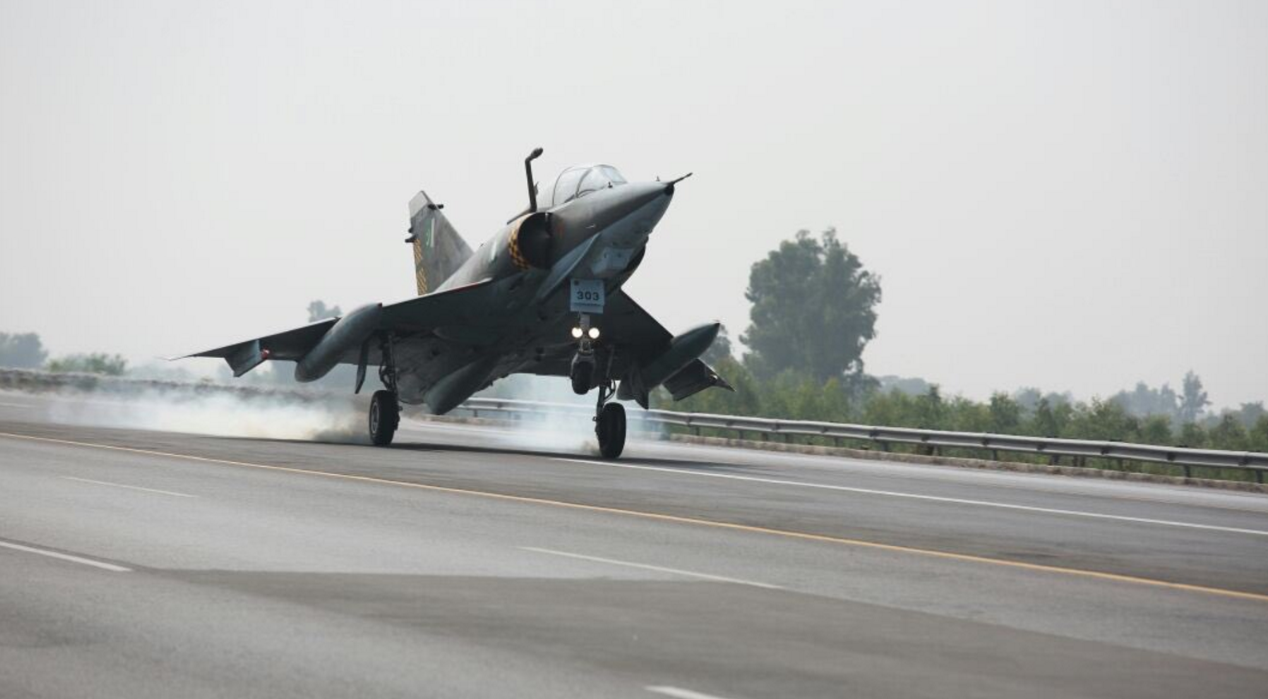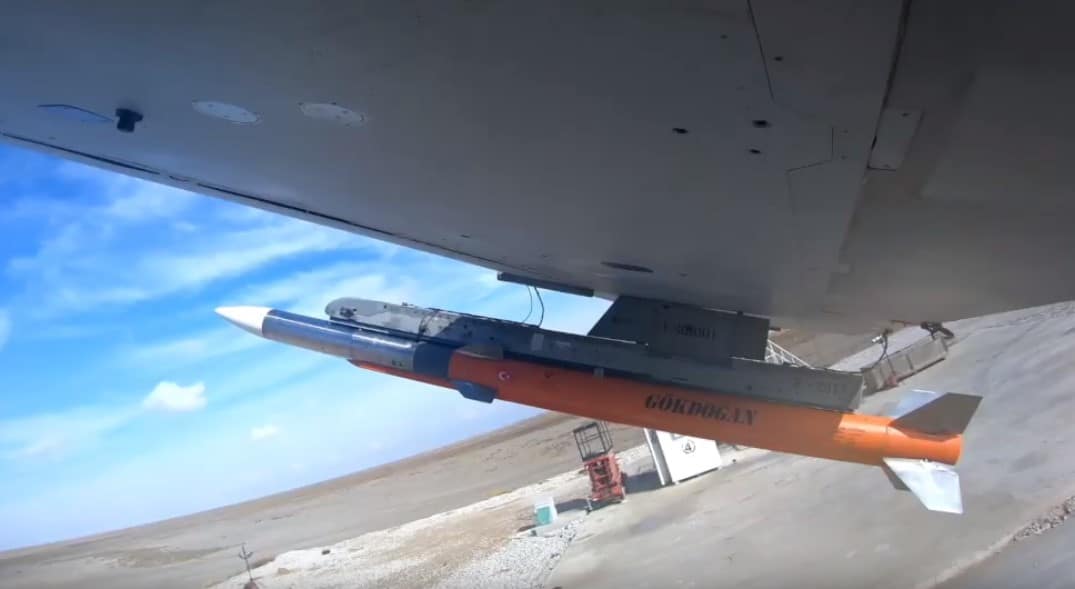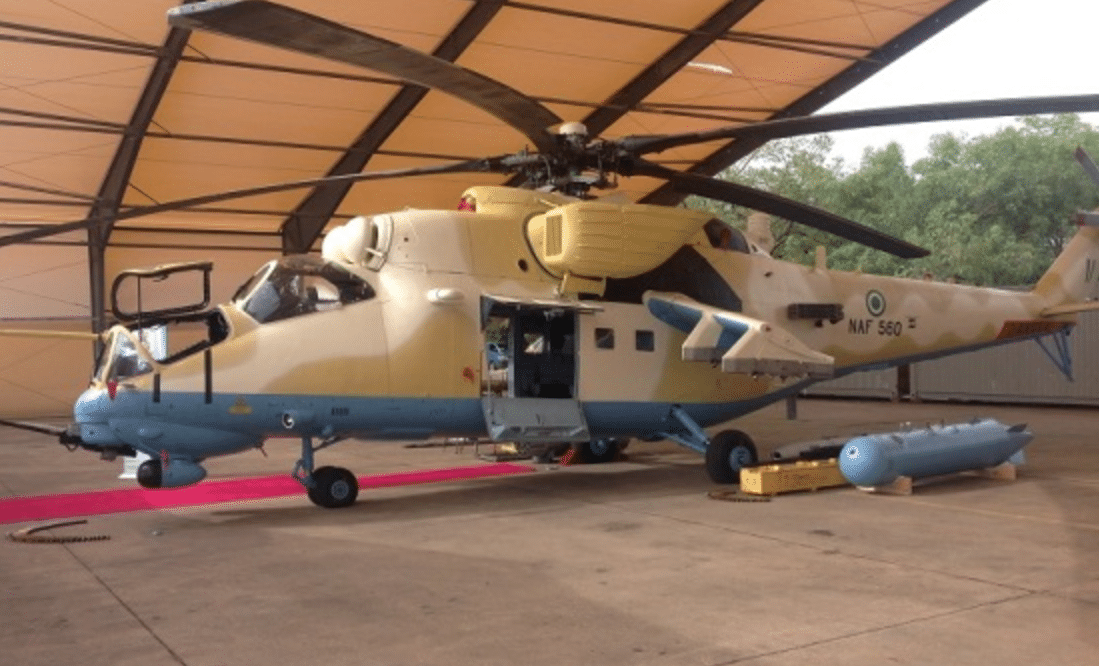13Views 22Comments

Pakistan kicks-off major air exercise
Unperturbed by a rise in tensions along the Line of Control, Pakistan has initiated High Mark 2016, a major air exercise aimed at drawing out and examining the full breadth of the Pakistan Air Force (PAF)’s tactical capabilities. As the PAF’s flagship exercise, High Mark is held once in every five years.
Senior armed officials had informed Dawn that although the military was exercising “extreme vigilance” in regards to the situation in Kashmir, it has opted to continue with High Mark. Civilian flights to and from the Northern Areas were cancelled and portions of the M1 and M2 motorways had been cordoned off to enable the PAF to flexibly operate.
Through the summer, the PAF had gone through a series of major air exercises at home and overseas. In May, it had held Tempest II in order to cement newly acquired combat capabilities. In June, the No. 11 F-16 Block-15 Mid-Life Update (MLU) unit was deployed to Turkey to participate in Anatolian Eagle. In August, an F-16C and five F-16D Block-52+ from No. 5 took part in Red Flag in the U.S.
High Mark has traditionally been a wide-scale exercise involving systems from most, if not all, units in the PAF. Two sides are formed – Blue Force and Red Land – to simulate wartime conditions between two rival states. In light of current geopolitical realities, this may not be the case for High Mark 2016.
Reportedly recent photos have shown Mirage 5s, F-7PGs, K-8s operating along one of the motorways. While it could be assumed, it has not yet been confirmed whether other PAF assets, such as airborne early warning and control aircraft (AEW&C), air defence systems, and unmanned aerial vehicles are also taking part in High Mark 2016.
That said, the fact that the PAF operates a diverse range of Chinese and Western origin equipment – right down to different AEW&C (Erieye and Karakoram Eagle), tactical data-link protocols (Link 16 and Link 17), and multi-role fighter aircraft (F-16 and JF-17) – positions it to simulate a scenario involving two distinct sides (at least in terms of equipment). This would be the first High Mark exercise where the Karakoram Eagle and Erieye could (though not necessarily) be pitted against one another.
The armament dynamics of the region, especially with India slated to finally ink a long-awaited fighter purchase from France’s Dassault, may push the PAF to alter its traditional approach with High Mark. In earlier iterations of High Mark, Blue Force would be a qualitatively superior but numerically inferior force in comparison to Red Land.
In light of current realities, the PAF may benefit more by having Blue Force be a holistically disadvantaged side in terms of both quantity and quality in comparison to Red Land. While the disadvantaged side, Blue Force could help the PAF identify strategically objectives, and in turn, attainable methods of action to achieve those objectives.


